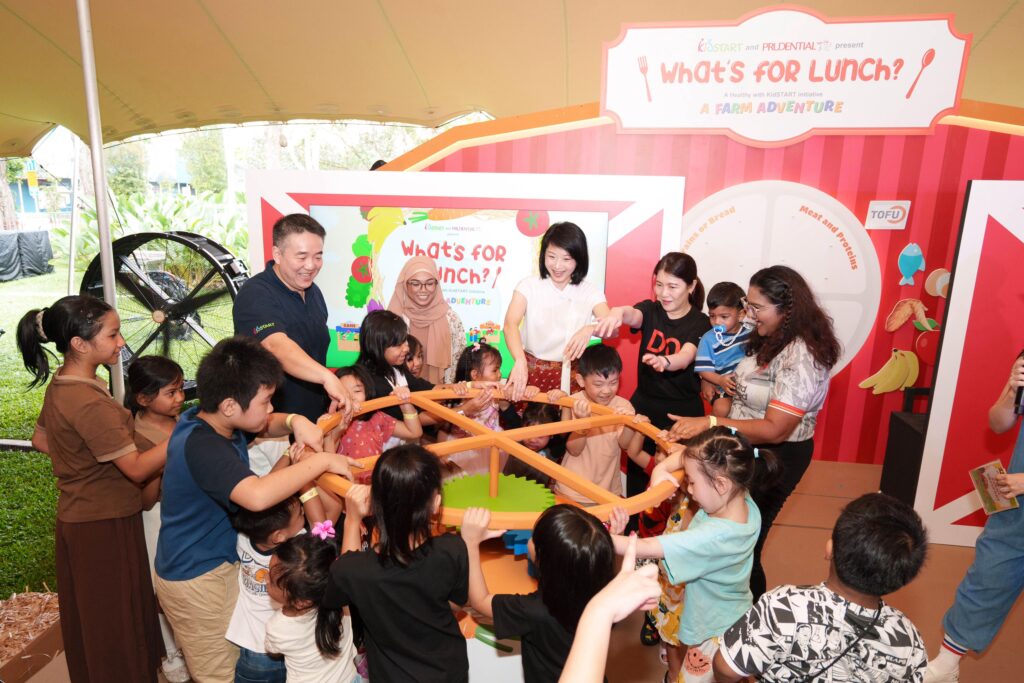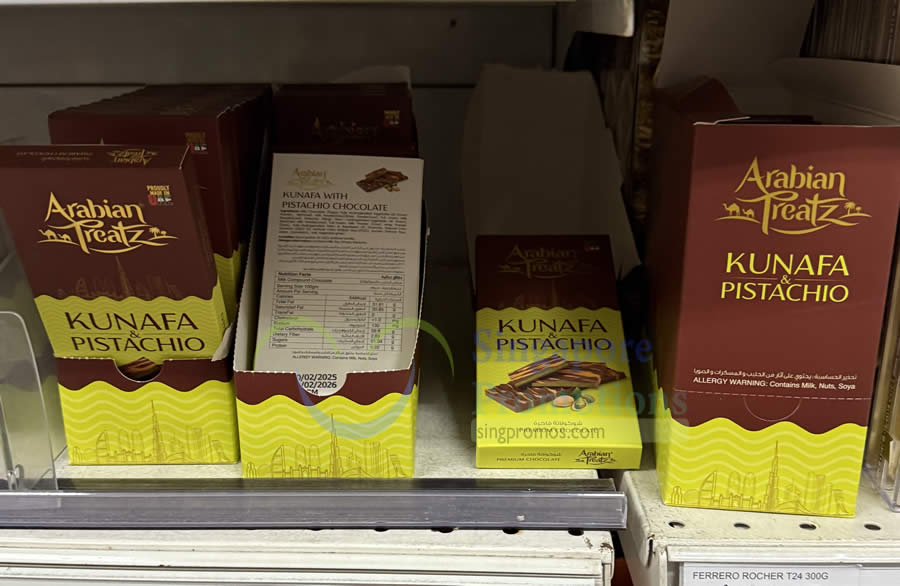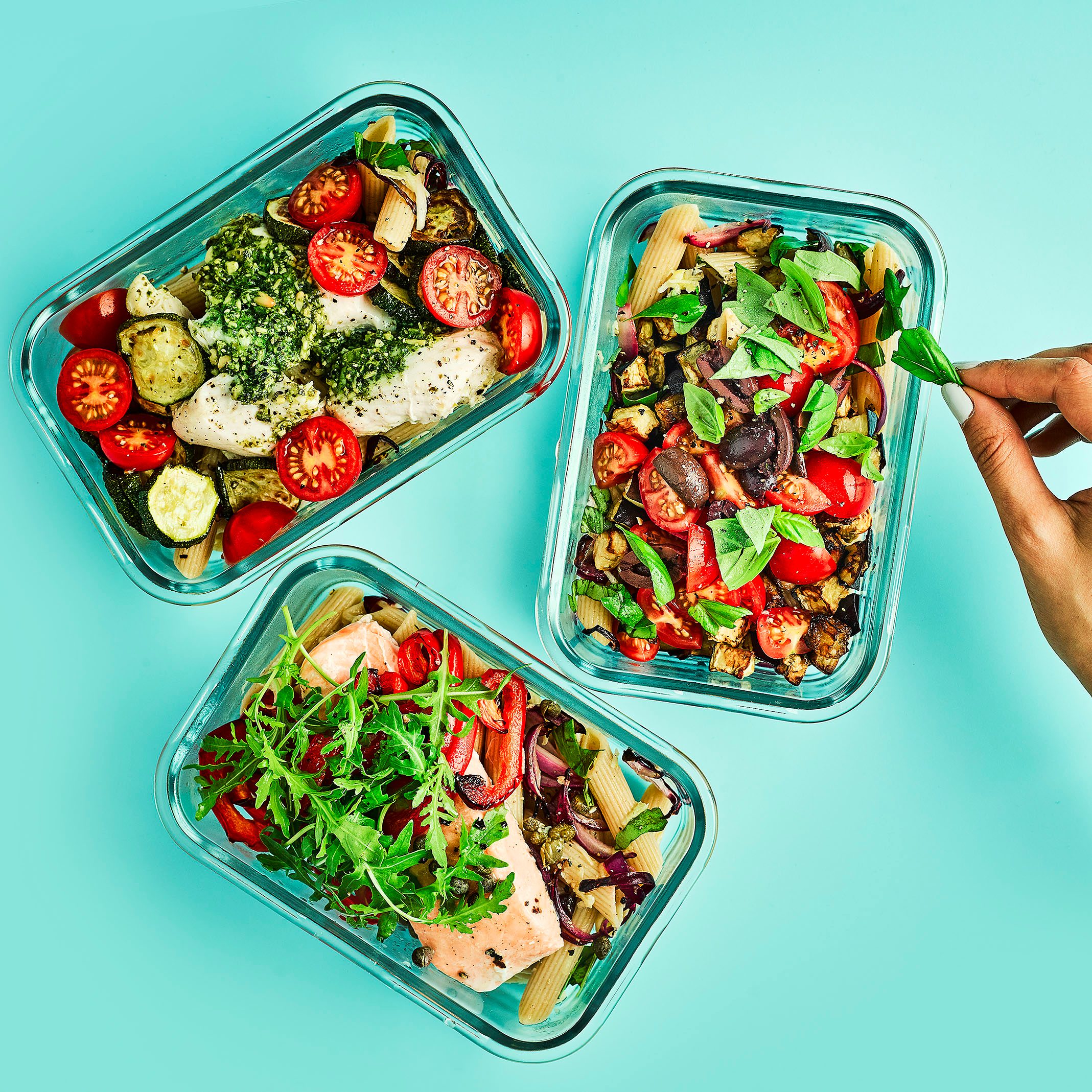
In Singapore’s vibrant and diverse food environment, establishing healthy eating habits for children is crucial for their physical and cognitive development. Childhood nutrition lays the foundation for lifelong well-being. This guide provides practical lunchbox ideas and essential tips to help parents in Singapore navigate the world of childhood nutrition and cultivate a positive relationship with food for their little ones.
Why Early Nutrition Matters: Setting the Stage for a Healthy Future
The early years are a period of rapid growth and development, making childhood nutrition a cornerstone of good health. Adequate intake of essential nutrients supports:
- Physical Growth: Building strong bones, muscles, and tissues.
- Brain Development: Enhancing cognitive function, learning, and concentration.
- Immune System Strength: Protecting against illnesses and infections prevalent in Singapore’s climate.
- Energy Levels: Providing the fuel needed for active play and learning.
- Preventing Chronic Diseases: Reducing the risk of developing health issues later in life.
Lunchbox Heroes: Fueling Your Child’s School Day the Healthy Way (Singapore Edition)
A well-packed lunchbox provides essential nutrients to keep children energized and focused throughout their school day in Singapore. Here are some healthy and appealing lunchbox ideas:
-
The Balanced Bento Box:
- Whole Grains: Brown rice, wholemeal bread/sandwiches, whole-wheat pasta.
- Lean Protein: Hard-boiled eggs, grilled chicken/fish (flaked), tofu cubes, lentil patties.
- Colorful Vegetables: Steamed broccoli/carrots, cherry tomatoes, cucumber slices, edamame.
- Fresh Fruits: Sliced apples/pears, grapes, berries, melon wedges (consider local fruits like guava or dragon fruit).
- Healthy Fats (in moderation): Avocado slices, a small handful of unsalted nuts/seeds (if age-appropriate and no allergies).
-
Wholesome Wraps and Rolls:
- Wholemeal tortillas or wraps filled with lean protein (chicken, tuna), hummus, and shredded vegetables (carrots, lettuce, cucumber).
- Sushi rolls with brown rice, cooked vegetables, and lean protein (avoid high-mercury fish).
-
Nutritious Noodles and Grains:
- Stir-fried whole-wheat noodles with vegetables and small pieces of lean protein.
- Quinoa or couscous salad with chopped vegetables and chickpeas or lentils.
-
Creative & Fun Options:
- Mini wholemeal pita pizzas with tomato sauce, low-fat cheese, and vegetable toppings.
- Vegetable sticks with hummus or a low-fat dip.
- Fruit skewers with a side of plain yogurt.
Key Tips for Packing Healthy Lunchboxes in Singapore:
- Involve Your Child: Let them help choose and pack their lunch (within healthy boundaries) to encourage ownership.
- Keep it Simple and Appealing: Opt for easy-to-eat, visually attractive foods. Cut fruits and vegetables into fun shapes.
- Pack Variety: Offer different foods each day to ensure a range of nutrients and prevent boredom.
- Control Portion Sizes: Provide age-appropriate portions to avoid overeating.
- Hydration is Key: Include a water bottle. Limit sugary drinks and juices.
- Food Safety First: Use insulated lunch bags and ice packs to keep food fresh and safe in Singapore’s warm climate.
- Less Salt, Sugar, and Oil: When preparing lunchbox items, minimize the use of these less healthy ingredients.
Beyond the Lunchbox: Cultivating Healthy Eating Habits at Home (Singapore Focus)
Creating a supportive environment at home is crucial for fostering positive eating habits:
- Be a Role Model: Children often mimic their parents’ eating habits. Choose healthy foods yourself and eat together as a family whenever possible.
- Offer a Variety of Nutritious Foods: Ensure a balanced diet with plenty of fruits, vegetables, whole grains, and lean protein at all meals and snacks. Refer to Singapore’s “My Healthy Plate” guidelines.
- Establish Regular Meal Times: Consistent meal schedules help regulate appetite and prevent excessive snacking on less healthy options.
- Make Mealtimes Positive and Enjoyable: Create a relaxed and distraction-free atmosphere during meals. Avoid using food as a reward or punishment.
- Involve Children in Food Preparation: Letting kids help with grocery shopping and cooking can increase their interest in trying new foods.
- Limit Screen Time During Meals: Encourage mindful eating by focusing on the food and family interaction.
- Address Fussy Eating with Patience: Introduce new foods gradually and repeatedly. Don’t pressure or force children to eat. Offer choices within healthy options.
- Prioritize Water Over Sugary Drinks: Make water readily available and limit sugary beverages.
- Healthy Snacking Options: Offer fruits, vegetables sticks, yogurt, whole-grain crackers, and nuts/seeds (if age-appropriate) between meals.
Navigating Singapore’s Food Culture Mindfully:
While Singapore offers a plethora of delicious (and sometimes less healthy) options, it’s about finding balance. Educate children about making informed choices even when eating out or at social gatherings. Emphasize that occasional treats are okay in moderation as part of an overall healthy diet.
Seeking Professional Guidance:
If you have concerns about your child’s nutrition or eating habits, don’t hesitate to consult a pediatrician or a registered dietitian in Singapore for personalized advice and support.
By focusing on consistent healthy eating habits, providing nutritious and appealing lunchbox options, and creating a supportive home environment, parents in Singapore can empower their children to develop a lifelong love for healthy food and build a strong foundation for their future well-being.









